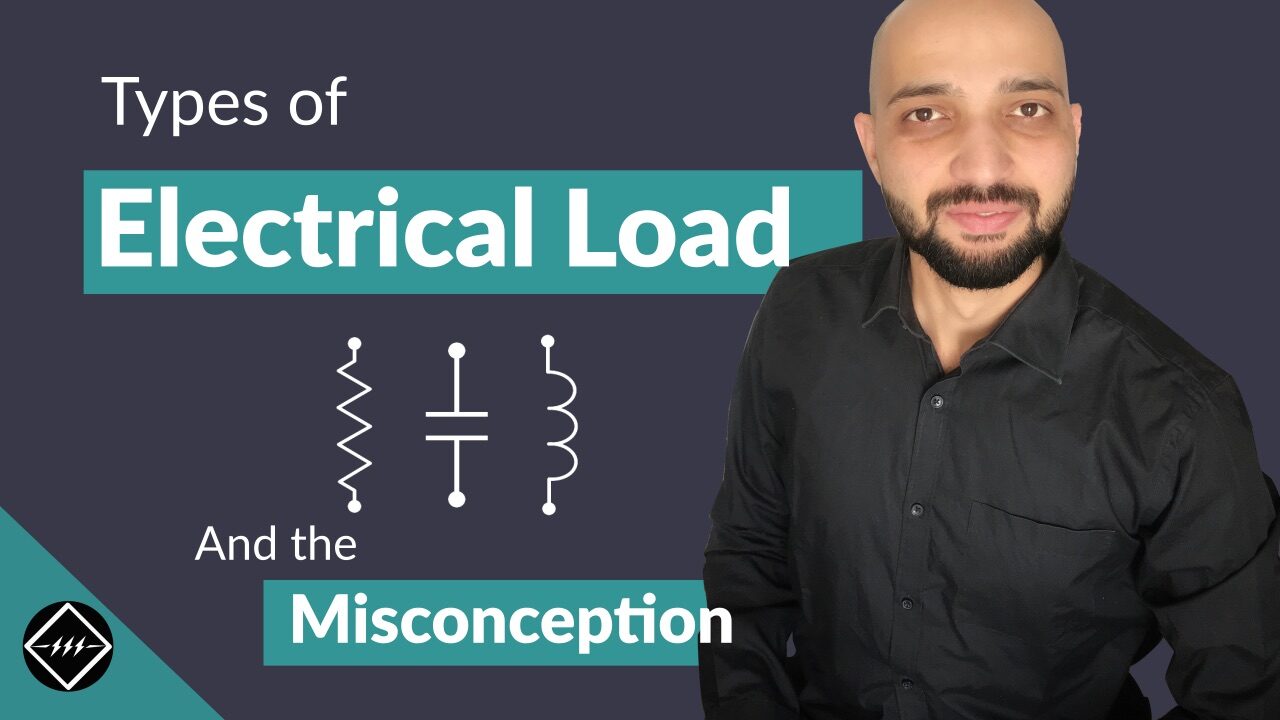What is Permeability ? Easiest Explanation
What is Permeability ? Easiest Explanation https://www.theelectricalguy.in/wp-content/uploads/2021/01/Thumbnail-1024x576.jpg 1024 576 Gaurav J Gaurav J https://secure.gravatar.com/avatar/87a2d2e0182faacb2e003da0504ad293?s=96&d=mm&r=gPermeability is the property of medium or material which measures the easiness offered to pass the magnetic flux when an external magnetic filed is applied. That is the definition of permeability. But, if you want to know in detail about permeability, then you need go through the below tutorial.
What is permeability ?
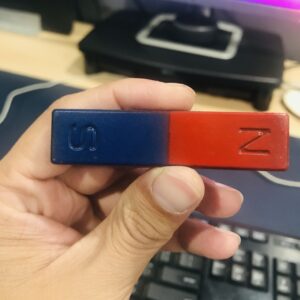
We have this magnet. This magnet has magnetic filed around it. We cannot see it. But, we can defiantly experience it. And to do so, you just have to bring some iron piece near to the magnet.
If we have to see it in the diagram, then the field will look like this. These lines are representing the magnetic filed of this magnet.
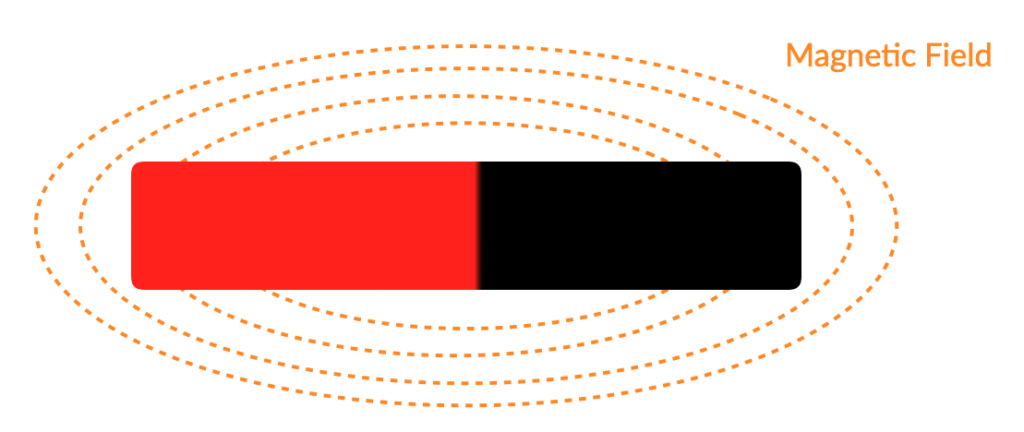
Now if I bring a piece of wood near to this magnet or in the magnetic field. What will happen ? Well, nothing happens. Now, let’s bring in a piece of iron. And as you can imagine, the iron will be attracted by the magnet.
Why this happened ? Why not the wood is attracted to the magnet or why iron piece is attracted to the magnet? Well, the answer is permeability!!
Let’s see what was happening. So, this the magnetic filed we have. Initially, we placed a wood in this field. And nothing happened. After that, we placed a piece of iron in the field. As you can see in the below image, the iron attracted the magnetic filed towards it. Why? Because the iron piece develops its own magnetic field and hence, it becomes magnetised. That is the reason why it gets attracted towards the magnet. It allowed the magnetic filed to pass through it.
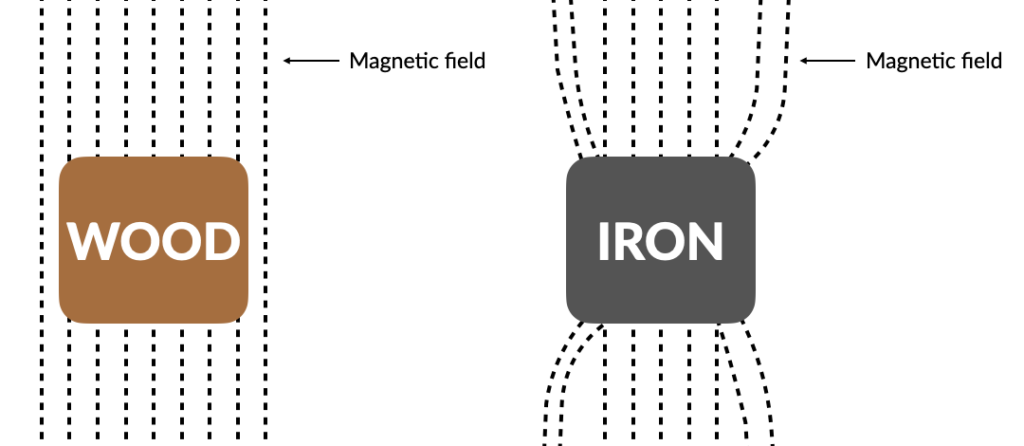
So, this ability of material or medium to become magnetised, when placed in external magnetic filed is what we call as permeability or magnetic permeability.
In simple language, Permeability is the property of medium or material which measures the easiness offered to pass the magnetic flux when an external magnetic filed is applied.
So, why was wood not attracted by the magnet? Because, the wood did not allow magnetic field to pass through it. We can also say, wood has low permeability. In similar way, we can say, iron has high permeability.
And hence, we can conclude, greater the permeability of a material or medium, greater is the conductivity offered for magnetic field. And in similar way, if the permeability is low, then the conductivity offered for magnetic field is also low.
Conductivity & permeability
We can compare magnetic permeability with conductivity. Higher the conductivity of a material, better it allows electricity to pass through it. Copper will allow more electricity to pass through it than wood. Because, copper has higher conductivity than wood. For permeability it is same. Only difference is instead for electricity, here we have magnetic field. So definitely, iron piece will have high permeability than wood. And all the materials with high permeability will be attracted by the magnet.
Symbol & Unit of permeability
| Symbol of permeability | Greek letter mu (μ) |
| Unit of permeability | Henries per meter (H/m) |
Is permeability constant ?
No. Like permittivity, permeability is also not constant. It can vary because of –
- Strength of the magnetic field
- Position of material in the magnetic field
- So if you place material near to the source if magnetic filed the permeability would be high. And if you take away the material from the field, permeability would decrease.
- Frequency of the applied field
- Humidity
- Temperature, etc
Types of Permeability
There are two types of permeability. Absolute permeability and relative permeability.
Absolute permeability
We can refer permeability as absolute permeability. Both are one and the same. Absolute Permeability of vacuum or permeability of free space is denoted by μ0. Vacuum has least amount of permeability and hence, we generally consider it as a base.
Permeability of vaccum is also referred as Magnetic Constant.
Relative Permeability
Relative permeability is the ratio of permeability of specific medium or material to the permeability of free space or vacuum. This is same as what we have seen in permittivity tutorial. So, relative permeability is given by this formula.
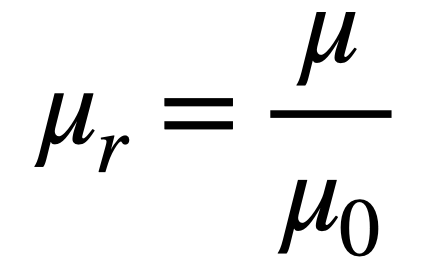
Where,
μr is relative permeability
μ is permeability of material or medium
μo is permeability of vacuum
Application
Permeability plays a very important role in electromagnetic equipment. Which includes instrument transformer like current transformer, Capacitive voltage transformer, potential transformers.
By the way, if you are interested in knowing the nameplate details of these instrument transformer, then I have a dedicated playlist for that. You can check it out here.
Materials may be classified magnetically on the basis of their permeabilities. There are three types.
- Diamagnetic
- Paramagnetic
- Ferromagnetic
Diamagnetic
These type of materials, when placed in a magnetic field, they get magnetised easily. But the difference is, the magnetic field created by such materials acts in opposite direction with the external magnetic field. And hence, their relative permeability is less than 1. Superconductor, mercury, silver are some examples of such materials.
Paramagnetic
Such type of material has permeability slightly more than 1. And hence, when we place such material in magnetic field, they becomes slightly magnetised. Aluminium, oxygen, titanium etc are some example of such materials.
Ferromagnetic
These type of material has very good permeability. And their permeability is not constant. It can vary with the parameters we just saw few minutes ago. Such type of material are more preferred for electromagnetic equipment.
Iron, cobalt, nickel are some of the example of such materials.
Aluminium is never used as a core for current transformers. Why? Because they are paramagnetic is nature. Meaning, their permeability is slightly more than one and hence, they do not magnetise. Ferromagnetic materials are generally preferred. So materials like, nano metal or mu metal does the job.
So, that’s all about the permeability. I hope you have now understood the concept. If the tutorial helped you, do share the it with your friends. That’s all for this tutorial guys I’ll see you in my next one. But till then, keep reading keep learning.
Gaurav J
Electrical Engineer. Content Creator. Currently working with a High & Extra High Voltage Switchgear Industry.
All stories by: Gaurav J


